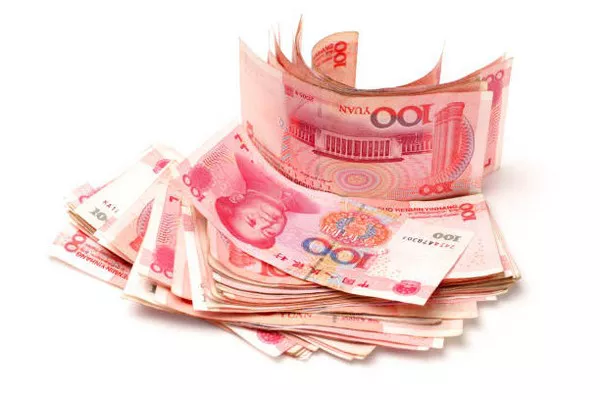In the dynamic landscape of global finance, Asia stands out as a powerhouse, with its economies driving growth and innovation. Among the key indicators of a robust economy is the strength of its currency. A strong currency reflects stability, economic prowess, and investor confidence. In this article, we delve into the currencies of Asia, examining their strengths, influences, and the factors that contribute to their status as financial juggernauts.
Understanding Currency Strength:
Currency strength is a multifaceted concept influenced by various economic, political, and market factors. It is typically measured against other currencies through exchange rate mechanisms. A strong currency appreciates in value relative to others, enhancing purchasing power and international competitiveness. Conversely, a weak currency may boost exports but can lead to inflationary pressures and economic instability.
Factors Influencing Currency Strength in Asia:
Several factors contribute to the strength of a currency in the Asian context:
Economic Stability: A robust economy with steady growth, low inflation, and sound fiscal policies fosters confidence in the currency. Countries with strong economic fundamentals tend to have stronger currencies.
Monetary Policy: Central banks play a crucial role in shaping currency strength through their monetary policy decisions. Interest rate adjustments, money supply management, and intervention in currency markets impact exchange rates.
Trade Balance: A positive trade balance, where exports exceed imports, often leads to currency appreciation. Countries with thriving export sectors tend to have stronger currencies as demand for their goods and services increases.
Foreign Investment: Foreign direct investment (FDI) and portfolio inflows contribute to currency strength by signaling confidence in the economy. Stable political environments and attractive investment opportunities attract foreign capital, bolstering the currency.
Political Stability: Political stability and effective governance inspire confidence among investors and contribute to currency strength. Countries with volatile political landscapes may experience currency depreciation due to heightened uncertainty.
External Debt Levels: High levels of external debt relative to GDP can weaken a currency, as it raises concerns about repayment capabilities and fiscal sustainability.
Market Sentiment: Investor perceptions, market speculation, and geopolitical developments can influence currency movements in the short term, impacting overall strength.
Exploring Asia’s Strongest Currencies:
Asia boasts a diverse array of currencies, each with its unique strengths and influences. While several currencies demonstrate resilience and stability, a few stand out as particularly strong contenders:
Japanese Yen (JPY):
The Japanese Yen is renowned for its stability and liquidity, making it a preferred choice for investors seeking a safe-haven currency. Japan’s robust economy, technological innovation, and strong industrial base contribute to the yen’s strength. The Bank of Japan’s prudent monetary policy and intervention in currency markets further support its stability.
Singapore Dollar (SGD):
The Singapore Dollar is a testament to the city-state’s economic resilience and prudent financial management. Singapore’s status as a global financial hub, strong trade ties, and diversified economy contribute to the strength of its currency. The Monetary Authority of Singapore (MAS) employs a managed float regime to ensure price stability and sustainable economic growth.
Hong Kong Dollar (HKD):
The Hong Kong Dollar is pegged to the US Dollar under a currency board system, providing stability and credibility to the currency. Hong Kong’s robust financial sector, free-market policies, and strategic location make the HKD a preferred choice for international trade and investment. The Hong Kong Monetary Authority (HKMA) maintains the peg through active intervention in currency markets.
Swiss Franc (CHF):
While not strictly an Asian currency, the Swiss Franc plays a significant role in Asia’s financial landscape due to its status as a safe-haven asset. Investors in Asia often allocate funds to CHF during times of economic uncertainty or market turbulence, contributing to its strength.
South Korean Won (KRW):
The South Korean Won reflects the country’s dynamic economy, technological prowess, and export-driven growth model. South Korea’s leading role in industries such as electronics, automotive, and shipbuilding enhances the competitiveness of the won. The Bank of Korea implements monetary policies to maintain price stability and support economic growth.
Chinese Yuan (CNY):
As the world’s second-largest economy, China’s currency, the Yuan, holds significant sway in Asia and beyond. The gradual internationalization of the Yuan, coupled with China’s economic reforms and opening up to foreign investment, has bolstered its status as a global currency. However, the managed exchange rate regime and capital controls exert some influence on its strength.
See Also Should I Buy Pounds Before Going to London?
Conclusion:
Asia’s economic dynamism is mirrored in the strength of its currencies, reflecting the region’s resilience, innovation, and growth prospects. While several currencies vie for the title of the strongest in Asia, factors such as economic stability, monetary policy effectiveness, and market dynamics shape their strength. As Asia continues to play a central role in the global economy, the strength of its currencies will remain a key barometer of its financial prowess and influence.


